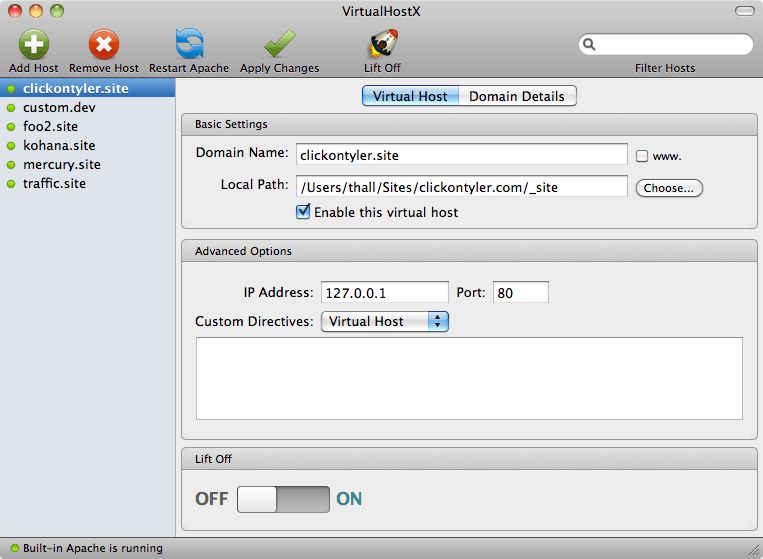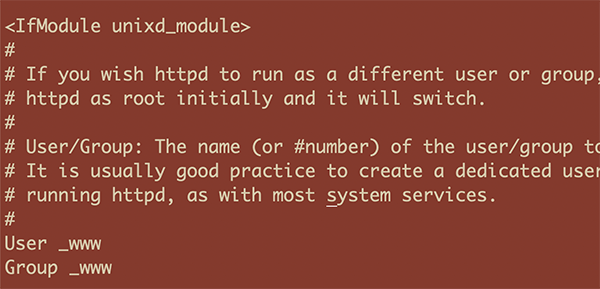

It's nice that quitting XAMPP manager-osx.app does not stop the services. approx 329 add-on packages like WordPress via Softaculous installer.Control panel include start/stop/restart/configure.text file + access log + error log + restore default config + PHP version control + PHP extension control.My hosts file is pretty basic: Host Database localhost is used to configure the loopback. I have set up my apache to serve documents from the server root /Volume/sites/ I am using Dynamic Virtual hosts, so just by adding a directory with the. Preference available for "Start on Session Startup" I have an iMac running Mac OS X Mavericks 10.9.2.Quitting AMPSS will stop the Apache/FTP/MySQL services.approx 20 add-on packages like Wordpress via Bitnami.It is composed of code derived from NeXTSTEP, BSD, Mach, and other free software projects code, as well as code developed by Apple. Control panel is simple start/stop/restart/configure.text file. Darwin is an open-source Unix-like operating system first released by Apple Inc.No Preferences on the XAMPP manager-osx.app.After starting the Apache/FTP/MySQL services, quitting the XAMPP manager does not quit the services.However, out-of-the-box you’re limited to a single local host. MAMP comes with Apache, MySQL and PHP and provides a local server environment independent of that installed as default on macOS.

(which is my current primary web), i have the following observations: If you need to easily set-up and maintain a local server environment on your Mac then look no further than MAMP. Relative to AMPPS Apache HTTP, MySQL, PHP, Perl, and Python web stack. The second entry points instead to the ~/Sites/test.XAMPP v1.8.3 (PHP 5.5.11) will install an Apache HTTP, MySQL, PHP, and Perl web stack. The first entry points to the default web site, which will also work as a catch-all host for any virtual host that wasn’t defined anywhere else.

Now, edit Apache’s virtual hosts configuration file nf, and place the following:ĭocumentRoot "/Library/WebServer/Documents"ĬustomLog "|/usr/sbin/rotatelogs /private/var/log/apache2/default-access_log 86400" combinedĮrrorLog "|/usr/sbin/rotatelogs /private/var/log/apache2/default-error_log 86400"ĭocumentRoot "/Users/damiano/Sites/test.site"ĬustomLog "|/usr/sbin/rotatelogs /private/var/log/apache2/test.site-access_log 86400" combinedĮrrorLog "|/usr/sbin/rotatelogs /private/var/log/apache2/test.site-error_log 86400" Next step, edit /etc/apache2/nf, and uncomment: The Sites folder is no longer present in OS X 10.8, but you can create it manually from the Terminal: mkdir ~/Sitesįor instance, for the project that I will be hosting locally at, I created a folder called test.site: mkdir ~/Sites/test.siteįirst, let’s add the test.site domain to hosts file: sudo nano /etc/hostsĪt the end of the file, add: 127.0.0.1 test.site I like to place each of my projects in a subfolder of Sites.


 0 kommentar(er)
0 kommentar(er)
